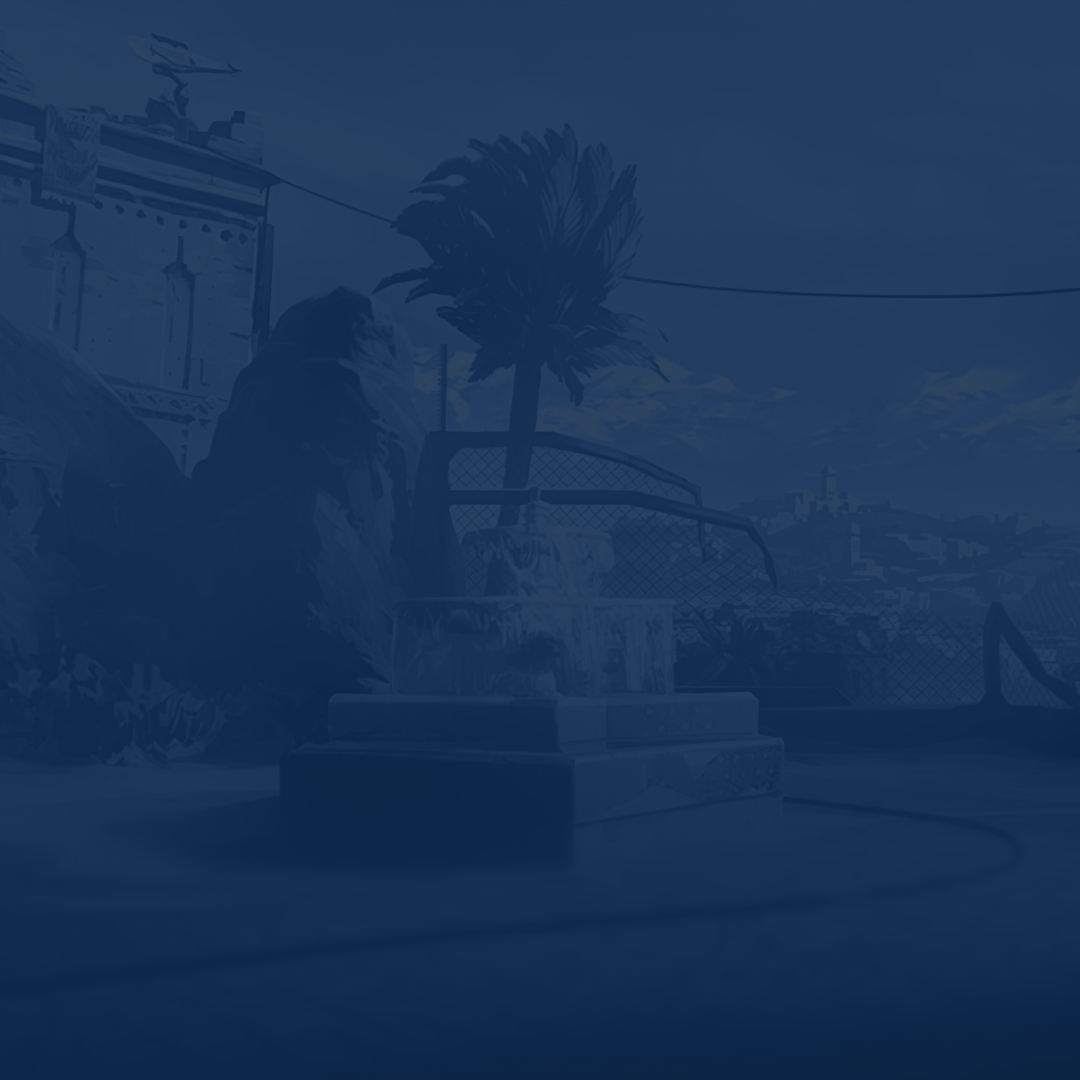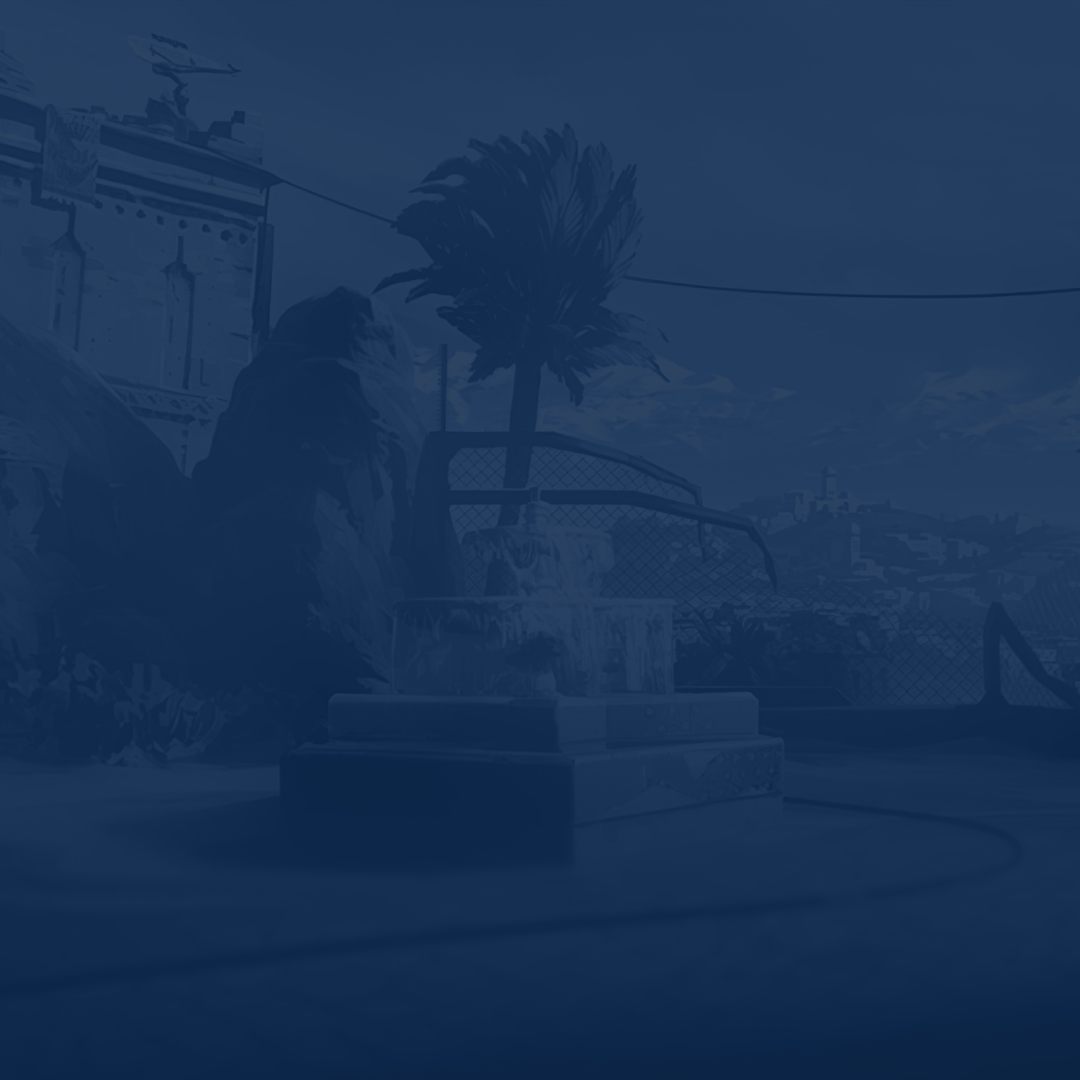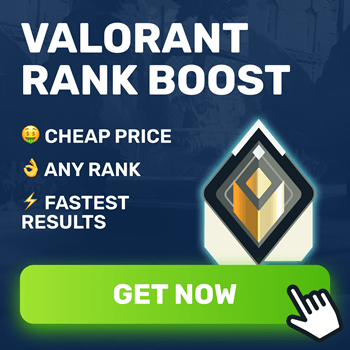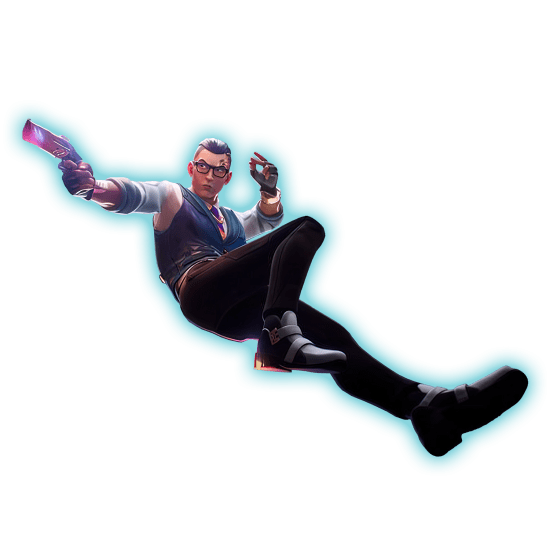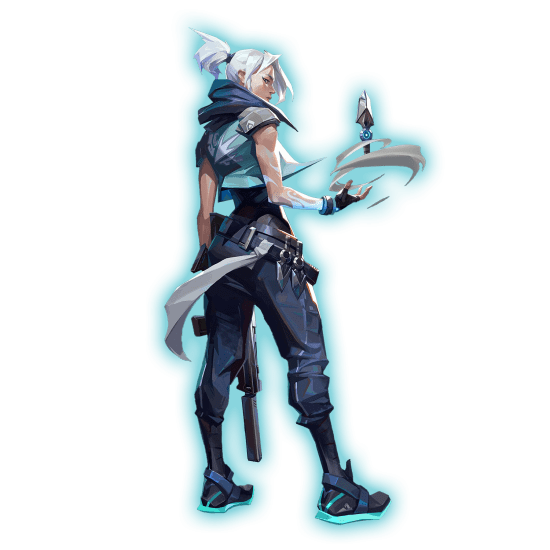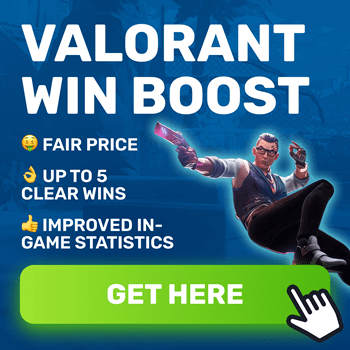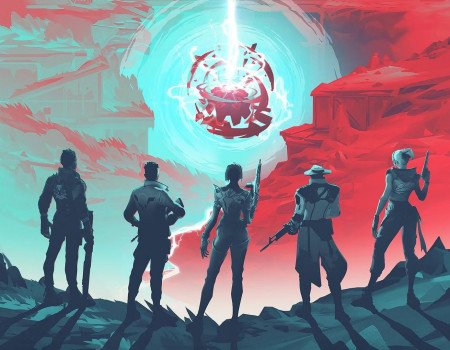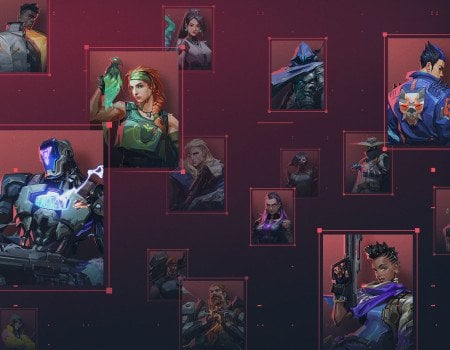Welcome to the ultimate guide on optimizing your Valorant settings and overall gaming experience! In the fast-paced world of tactical shooters, achieving peak performance is crucial, and it all starts with the optimal settings you can change up to your preferences in the menu. Whether you are a seasoned pro or just starting your journey in Valorant, fine-tuning your FPS, video, mouse, and audio settings can make a world of difference in your gameplay.
In this comprehensive guide, we will delve into the nitty-gritty details of the best Valorant settings, helping you unlock the full potential of your gaming rig. From maximizing your frames per second for a smoother gaming experience to finding the perfect balance in video settings for optimal visibility, we have got you covered. Additionally, we will explore mouse configurations to enhance your accuracy and responsiveness, delve into audio settings to give you a competitive edge in detecting enemy movements, and so much more.
Whether you are looking to gain that split-second advantage in gunfights or simply aiming to create a more immersive gaming environment, our guide will provide you with the insights and recommendations needed to achieve the best Valorant settings 2026. Get ready to elevate your gameplay and outshine the competition. Let's dive in!
Before we jump to Valorant performance settings and more, we would like to share the best deal you can find on our website. At Skycoach, you can Buy Valorant Rank Boost at the cheapest prices and the fastest completion time. Trust the job of climbing the competitive ladder to our PROs while you can enjoy the game without trying hard too much. We are here to help you achieve the desired rank guaranteed!
IMPORTANT NOTE: Apart from learning about the best settings, you can also Buy Valorant Boost from Skycoach. We offer a wide range of products at the lowest market price and with the fastest delivery. You can make your first purchase even CHEAPER if you find a special PROMO CODE (highlighted in green) hidden in this article and get a 20% DISCOUNT.
Check out some of our most popular Valorant Boosting services:
Best Valorant Video Settings
In the dynamic and intensely strategic world of tactical shooters, your video settings play a pivotal role in shaping your gaming experience. The importance of optimizing your Valorant video settings cannot be overstated, as it directly influences your ability to spot enemies, react swiftly to changing situations, and overall enhance your gameplay.
In this part of our article, we will embark on a journey through the intricacies of the best Valorant video settings, unveiling the key elements that can elevate your visual experience to new heights. Whether you are seeking a competitive edge by maximizing visibility or aiming for a visually stunning and immersive environment, understanding and fine-tuning your video settings is the first step.
From adjusting your resolution and aspect ratio to finding the right balance in brightness and contrast, each parameter plays a crucial role in shaping how you perceive the virtual battleground. We will explore the impact of the best Valorant graphic settings on performance, ensuring that you strike the perfect equilibrium between visual fidelity and smooth gameplay.
Further, you can find the best Valorant video settings for competitive mode:
- Display Mode: Fullscreen
- Resolution: Choose your monitor’s native resolution with the highest possible refresh rate
- Aspect Ration Method: Letterbox
- Limit FPS: Off
- NVIDIA Reflex Low Latency: On + Boost (ATTENTION: this setting is only available for NVIDIA graphic card users)
The visibility of your game is significantly influenced by graphics quality. These configurations aim to maximize the frame rate while preserving video quality to the best extent. It is important to acknowledge that if you have a high-end PC, you have more flexibility to achieve the best Valorant graphics settings while also having excellent FPS. We recommend that you begin with the highest settings and gradually lower them until achieving a stable frame rate. BLOG20
What you see below is considered the best graphics settings for Valorant by many players:
- Multithreaded Rendering: On
- Material Quality: Medium
- Texture Quality: Medium
- Detail Quality: Low
- UI Quality: Low
- Vignette: Off
- VSync: Off
- Anti–Aliasing: Either None or MSAA 2x depending on your preference
- Anisotropic Filtering: 2x or 4x depending on your preference
- Improve Clarity: Off
- [BETA] Experimental Sharpening: Off
- Bloom: Off
- Distortion: Off
- Cast Shadows: Off
Finally, the Stats section does not significantly affect performance and is largely a matter of personal preference. Nevertheless, certain insights provided by these settings can offer useful information:
- Client FPS: Text Only
- Server Tick Rate: Text Only
- Total Frame Time: Hide
- Idle time: Hide
- CPU Game Time: Hide
- CPU Render Time: Hide
- Network Round trip Time: Text Only
- Packet Loss: Text Only
- Game to Render Latency: Hide
- Game Latency: Hide
- Render Latency: Hide
By experimenting and using these Valorant pro video settings, you can undoubtedly increase your FPS and enhance your gaming experience in general. The key part here is that you should not be afraid of experimenting since your rig is not like any other and demands a personal approach.
Check out some of our most popular Valorant Boosting services:
Best Valorant FPS Settings
In this game’s fiercely competitive landscape, best Valorant settings for FPS can be the decisive factor between victory and defeat. They determine the smoothness and responsiveness of your gameplay, directly impacting your ability to react swiftly and precisely to in-game events. The importance of fine-tuning these settings lies in creating an environment that not only maximizes visual clarity but also ensures a seamless gaming experience.
Maintaining a high and stable frame rate is crucial for fluid character movements and swift target acquisition. Lower FPS can result in laggy and choppy visuals, putting players at a significant disadvantage in intense firefights where split-second reactions matter. By optimizing your Valorant settings for FPS, you not only enhance the overall responsiveness of your controls but also reduce input lag, allowing for more accurate and timely execution of your actions.
The difference made by optimal FPS settings extends beyond mere visual smoothness; it directly impacts your competitive edge. Sharper and more responsive visuals contribute to improved target tracking, quick decision-making, and an overall heightened level of gameplay. Whether you are a seasoned professional or a casual gamer, investing time in configuring this part of your game’s settings is a small effort that yields significant dividends in terms of performance and, ultimately, your success on the virtual battlefield.
In case you have a lower-end rig, the only way to increase FPS in Valorant is set all the graphics settings to low. If you decide to do this, you should have something like that in the long run:
- Multithreaded Rendering: On
- Material Quality: Low
- Texture Quality: Low
- Detail Quality: Low
- UI Quality: Low
- Vignette: Off
- VSync: Off
- Anti–Aliasing: Either None or MSAA 2x depending on your preference
- Anisotropic Filtering: 2x or 4x depending on your preference
- Improve Clarity: Off
- [BETA] Experimental Sharpening: Off
- Bloom: Off
- Distortion: Off
- Cast Shadows: Off
If you are still not satisfied with the result you get, then you might want to use Valorant FPS config 2026 in case you manage to find one.
Best Valorant Mouse Settings
Delving into the realm of the best Valorant mouse settings unveils a personalized journey that can significantly impact your aiming precision and overall gameplay experience. Unlike universal configurations, mouse settings are inherently subjective and depend on individual preferences, playstyles, and even hardware. It is a realm where players find their comfort zone, and experimentation becomes key similarly to other Valorant competitive settings.
The best Valorant mouse settings revolve around sensitivity, DPI, and other intricate adjustments that tailor the mouse's behavior to the player's unique style. Sensitivity, in particular, plays a pivotal role in striking a balance between quick flicks for reflex shots and the precision required for accurate targeting. While some players thrive with higher sensitivity for rapid movements, others prefer a lower sensitivity for more controlled and deliberate aiming, which mean the idea of the best settings to play Valorant is seen differently depending on a person and their own playstyle.
It is crucial to emphasize that the "best" mouse settings vary from player to player. What feels optimal for one may not suit another. Therefore, the path to discovering your ideal configuration involves experimenting with different sensitivity levels, DPI settings, and other mouse-related parameters. BLOG20
This hands-on approach allows players to fine-tune settings based on personal comfort, ultimately reaching the best Valorant settings for aim, which is the most crucial thing in the game of this genre. So, embrace the experimentation, tailor those mouse settings to your liking, and gain that competitive edge uniquely suited to your playstyle.
If you are not a big fan of experiments, let us provide you with a few possible configurations you might want to try out in action:
| Beginner Level |
DPI: 1000 eDPI: 300 Polling Rate: 500 In-game Sensitivity: 1.4 Scoped Sensitivity: 1.2 Windows Sensitivity: 6 |
|---|---|
| Advanced Level |
DPI: 800 eDPI: 320 Polling Rate: 1000 In-game Sensitivity: 0.4 Scoped Sensitivity: 1.2 Windows Sensitivity: 6 |
Also, do remember that this part of your settings may radically change depending on what config Valorant you are using since every player uses a different approach when it comes to the most crucial aspect of the competitive shooter.
Best Valorant Audio Settings
When it comes to the best Valorant audio settings are a pivotal yet personal aspect of gameplay. While the game provides default configurations, audio settings are inherently subjective, catering to individual preferences. Whether you favor immersive soundscapes or prioritize pinpointing enemy footsteps, experimenting with settings like volume, EQ, and surround sound options allows players to tailor their auditory experience.
Experimenting with Valorant audio settings is a must-have thing for both beginner and advanced categories of players, ensuring a customized and finely tuned soundscape that enhances situational awareness and contributes to an immersive and strategic gaming experience.
Here is what you need to keep in mind when tuning your audio settings:
- Disable "All Music Overall Volume" if you prefer a gameplay experience with fewer distractions
- Enable "VOIP Ducks Music" if you are enjoying in-game music. This setting ensures that all music is muted when a teammate uses VALORANT's in-game voice chat, preventing any audio overlap
- Enable HRTF: Checked
Best Valorant Minimap Settings
We think that there is no need to explain why the best minimap settings Valorant are paramount in this strategic shooter, where split-second decisions can determine victory. The minimap serves as a crucial navigation tool, providing real-time insights into enemy positions and team movements.
Customizing its settings, such as size, zoom, and rotation, allows players to tailor the minimap to their playstyle, enhancing overall situational awareness. In the fast-paced world of Valorant, where map control is key, finely tuned minimap settings become a strategic advantage, offering a clear and concise overview that can make all the difference in orchestrating successful plays and countering opponents.
Judging by the data we currently have, the best map settings Valorant look as follows:
- Rotate: Rotate
- Fixed Orientation: Based on Side
- Keep Player Centered: Off
- Minimap Size: 1.11
- Minimap Zoom: 0.86
- Minimap Vision Cones: On
- Show Map Region Names: Always
How to Boost FPS in Valorant
Boosting FPS in Valorant is pivotal for a smoother and more responsive gaming experience. Start by adjusting your in-game graphics settings; lower unnecessary details and effects while maintaining essential visibility. Lowering resolution can also significantly impact FPS positively. Updating your graphics drivers is crucial, as developers often release optimizations for specific games. Background applications can consume system resources, so close unnecessary programs to free up additional power.
Furthermore, consider tweaking your computer's power settings for optimal performance. Overclocking your GPU and CPU, if done cautiously and within safe limits, can provide a notable FPS boost. Lastly, ensure your operating system and Valorant are up-to-date, as patches and updates may include performance enhancements. Regularly monitoring your system's temperature and cleaning out dust can prevent overheating, maintaining consistent FPS. Combining these strategies ensures that your Valorant experience is not only visually stunning but also exceptionally responsive, giving you a competitive edge in every match. BLOG20
Valorant Recommended PC Specs
Valorant has consistently positioned itself as a game accessible to a wide range of players, and this philosophy is reflected in its recommended PC specs. With relatively low system requirements, Valorant ensures that players with a variety of hardware setups can enjoy the game seamlessly:
| Minimum Requirements (30 FPS) |
CPU: Intel Core 2 Duo E8400 / AMD Athlon 200GE GPU: Intel HD 4000 / AMD Radeon R5 200 RAM: 4 GB OS: Windows 10 (Build 17134+) 64-bit Windows 11 64-bit |
|---|---|
| Maximum Requirements (60 FPS) |
CPU: Intel i3-4150 / AMD Ryzen 3 1200 GPU: GeForce GT 730 / AMD Radeon R7 240 RAM: 4 GB OS: Windows 10 (Build 17134+) 64-bit Windows 11 64-bit |
Conclusion
To sum it up, optimizing your best Val settings for FPS, video, mouse, and audio is a crucial step toward unlocking your full potential in the tactical realm of Valorant. Fine-tuning these parameters is not just about personal preferences; it is a strategic endeavor that directly influences your gaming experience. From the seamless fluidity of FPS settings to the visually immersive world shaped by video configurations, and the personalized precision achieved through mouse adjustments, to the strategic auditory landscape sculpted by audio settings – every detail matters.
Remember, the best settings are those that resonate with your playstyle and preferences. Experiment, explore, and find the sweet spot that enhances your gameplay. Whether you seek heightened responsiveness, visual clarity, or immersive soundscapes, this guide equips you with the knowledge to tailor your Valorant experience. Elevate your game, adapt your settings, and dominate the battlefield with the perfect blend of performance and personalization. The journey to mastering Valorant begins with these settings – your gateway to a more immersive and competitive gaming experience.
F.A.Q.
Is it hard to run Valorant?
No, Valorant is designed to be accessible and has relatively low system requirements, making it easy to run on a wide range of computers, allowing a diverse player base to enjoy the game without the need for high-end hardware.
Is Valorant on PC?
Yes, Valorant is exclusively available on PC, providing players with a tactical first-person shooter experience on the Windows platform.
How to boost FPS in Valorant?
Boosting FPS in Valorant involves adjusting in-game graphics settings, updating graphics drivers, closing background applications, optimizing power settings, and considering cautious overclocking, ensuring a smoother and more responsive gaming experience. Regularly monitoring system temperature and keeping software up-to-date further contributes to maintaining consistent FPS in Valorant.
How do I increase FPS Valorant?
To increase FPS in Valorant, modify in-game graphic settings, update graphics drivers, close unnecessary background applications, optimize power settings, and consider cautious overclocking, while also monitoring system temperature and ensuring all software is up-to-date
Is 60 frames per second good in Valorant?
While 60 frames per second is generally considered acceptable for many games, achieving a higher frame rate, such as 144 FPS or more, in Valorant can provide a smoother and more responsive experience, especially in fast-paced, competitive situations.
What Valorant settings do pros use?
Professional Valorant players often customize settings based on personal preferences, but common trends include lower sensitivity for precise aiming, optimized graphics settings for better visibility, and strategic audio configurations to enhance in-game awareness, reflecting a balance between performance and personal comfort.
What is the best sensitivity settings in Valorant?
The optimal sensitivity setting in Valorant varies among players, but the average sensitivity tends to be around 0.95, striking a balance between precise aiming and swift movements, though individual preferences may lead to slight deviations from this average.
What is the best video setting for Valorant?
- Multithreaded Rendering: On
- Material Quality: Medium
- Texture Quality: Medium
- Detail Quality: Low
- UI Quality: Low
- Vignette: Off
- VSync: Off
- Anti–Aliasing: Either None or MSAA 2x
- Anisotropic Filtering: 2x or 4x
- Improve Clarity: Off
- [BETA] Experimental Sharpening: Off
- Bloom: Off
- Distortion: Off
- Cast Shadows: Off
What graphics settings do pro Valorant players use?
Professional Valorant players often prefer lower graphic settings to maximize frames per second and reduce visual distractions, focusing on essentials like visibility and clarity to enhance their performance.
What is the best performance for Valorant?
The best performance in Valorant is achieved by optimizing FPS settings, adjusting graphics configurations for clarity, customizing mouse sensitivity to match personal preferences, and fine-tuning audio settings for situational awareness.
What is a good FPS rate on Valorant?
A good FPS rate on Valorant is generally considered to be above 60 frames per second, with many players aiming for 144 FPS or higher for a smoother and more responsive gaming experience, particularly in competitive settings where split-second reactions matter.
Why am I so laggy on Val?
Experiencing lag in Valorant may be attributed to a poor internet connection, causing delays in data transmission between your device and the game server, impacting overall responsiveness and gameplay smoothness.



